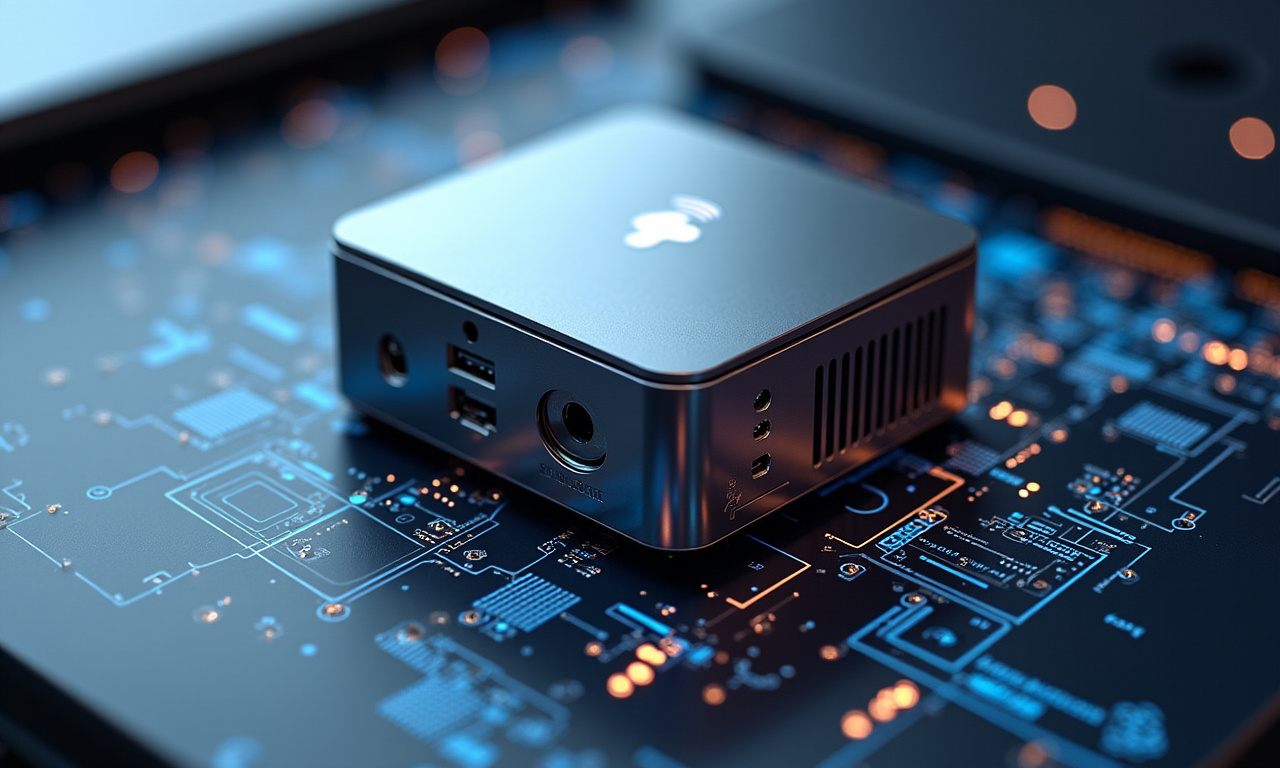The Chinese brand Thunderobot has introduced two new models of its ultra-compact Mix NUC mini-PC based on AMD APU. The model with the 8-core Ryzen 7 H 255 is priced at 3,999 yuan (approximately $560), while the top version with the 12-core Ryzen AI 9 HX 370 is set at 6,999 yuan ($980).

Photo: Thunderobot
The Mix NUC’s casing is crafted from metal, measuring 128×128×42 mm with a volume of just 0.68 liters, making it easy to fit in the palm of the hand. Both modifications are equipped with 32 GB of DDR5 RAM (featuring two SO-DIMM slots) and a 1 TB SSD. Experts note that this specification allows for a significant boost in multitasking capabilities and rapid data access, essential for professional applications and gaming alike.
Additional features include Wi-Fi 6 and Bluetooth 5.3 adapters, offering robust and stable connectivity solutions that have received positive feedback from tech reviewers for their reliability and performance in crowded wireless environments.
The ports include one USB-C (40 Gbps), two USB 3.2 Gen 2, and four USB 3.2 Gen 1. There are also HDMI 2.0 and DisplayPort 1.4 connectors, as well as an RJ-45 port for a 2.5 Gigabit Ethernet adapter. This array supports a wide range of peripherals and displays, with some industry experts highlighting Thunderobot’s balance between expansive connectivity and compact design.
Thunderobot has integrated a new cooling system featuring two heat pipes, which has been praised in reviews for its efficiency in maintaining optimal temperatures without excessive noise-a critical feature given the high-performance components within such a confined space.
Earlier, Thunderobot introduced the very powerful yet compact MIX G2 mini-PC, sporting a 24-core Core Ultra 9 275HX and a GeForce RTX 5090 Laptop. This previous release set a high benchmark for compact PCs, offering unparalleled power in miniature form, a feat that drew commendation in tech circles for pushing the boundaries of what small form factors can achieve.









